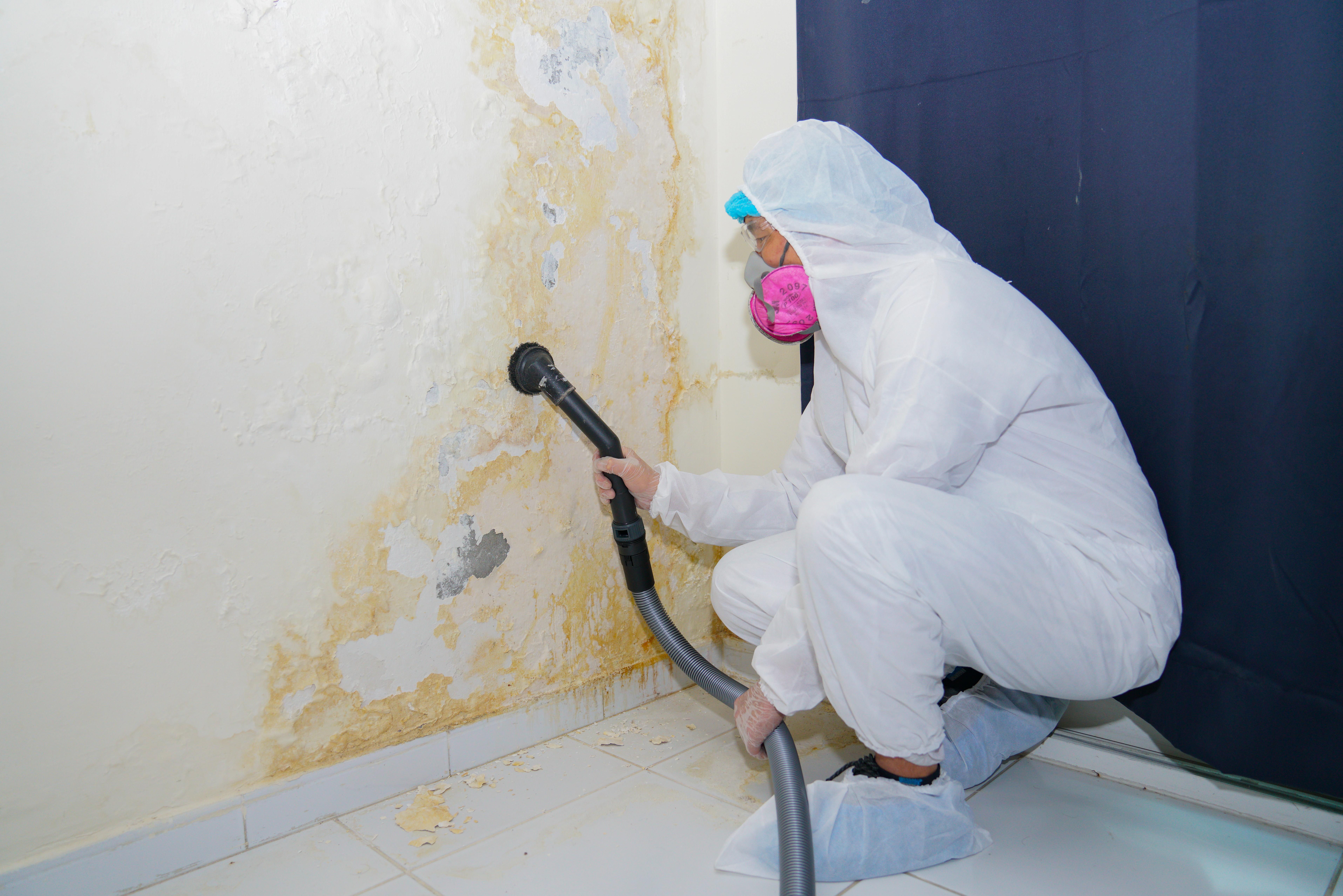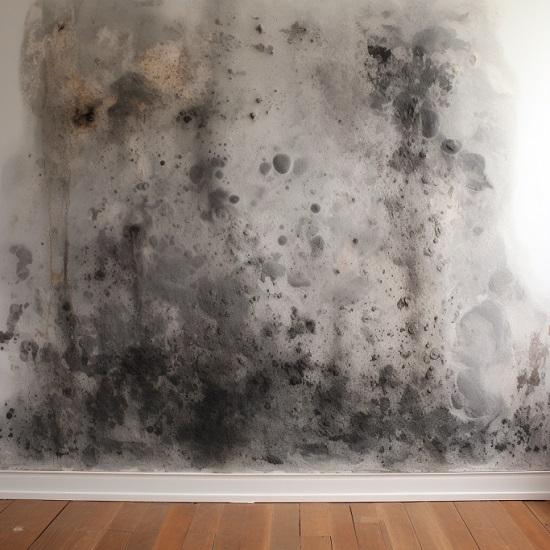Crucial Steps After Mold Remediation
Specialist Tips for Blog Post Mold Removal Success
In the realm of mold removal, successfully eliminating mold is just half the battle; the true difficulty exists in stopping its reappearance. By adhering to professional suggestions and ideal methods, people can protect their rooms against mold rebirth and maintain a healthy indoor environment.
Monitor Moisture Levels Consistently
After finishing mold removal treatments, preserving ideal moisture levels is important to protect against mold and mildew re-growth and guarantee a healthy interior environment. High humidity levels above 60% develop a conducive setting for mold to grow, making regular keeping track of an aggressive action to protect against any type of future mold and mildew issues.
Additionally, developing a regular schedule for moisture checks, particularly in high-risk locations such as basements, kitchen areas, and bathrooms, is a proactive technique to mold avoidance. By constantly keeping an eye on humidity levels, property proprietors can efficiently mitigate the danger of mold and mildew reoccurrence and maintain a healthy and balanced indoor atmosphere post-remediation.
Conduct Thorough Inspections Post-Remediation
Following the completion of mold and mildew removal procedures, it is vital to perform thorough evaluations to validate the efficiency of the remediation process. These post-remediation assessments are essential in making certain that the mold and mildew problem has actually been successfully resolved and that there is no recurrence or staying mold and mildew growth. Examinations must be lugged out by certified experts that have proficiency in identifying mold and examining interior air top quality.
Throughout these inspections, numerous techniques such as aesthetic analyses, air sampling, and surface sampling might be used to thoroughly evaluate the remediated areas. Visual evaluations entail a thorough examination of the premises to look for any type of visible signs of mold development or water damages. Air sampling helps in determining the air-borne mold spore degrees, while surface tasting can spot mold and mildew fragments on surfaces.
Implement Correct Air Flow Techniques
After making certain the effectiveness of the mold and mildew removal procedure through thorough assessments, the following critical action is to focus on implementing appropriate ventilation strategies. Ample ventilation is essential in avoiding mold and mildew reoccurrence by regulating moisture levels and promoting air flow. To achieve this, it is advised to utilize exhaust fans in areas prone to high moisture, such as kitchen areas and bathrooms. In addition, opening doors and home windows when weather permits can aid enhance airflow and lower wetness accumulation. Air dehumidifiers and cleansers are likewise important devices in maintaining optimal interior air high quality.
Appropriate ventilation not only aids in avoiding mold and mildew growth but likewise adds to the overall health and convenience of owners. By ensuring adequate air flow throughout the property, you can reduce the danger of mold regrowth and develop a much healthier living setting. Normal maintenance of air flow systems, consisting of cleansing and filter replacements, is crucial to maintaining efficient air flow. Consulting with a/c professionals can supply additional understandings into enhancing ventilation techniques for your specific home requirements.

Use Mold-Resistant Materials for Repairs
To boost the long-lasting efficiency of mold remediation efforts, incorporating mold-resistant products for fixings is crucial in reducing the danger of future mold and mildew growth. Mold-resistant try this web-site materials are designed to withstand dampness and prevent mold and mildew development, making them a vital selection for areas vulnerable to moisture and moisture. When fixing locations affected by mold and mildew, utilizing products such as mold-resistant drywall, mold-resistant paints, and mold-resistant caulking can help protect against mold recurrence.
Mold-resistant drywall is a superb alternative to conventional drywall in locations like restrooms and cellars where moisture levels are greater. This kind of drywall has an unique finishing that resists mold and mildew development even when revealed to damp conditions. Furthermore, using mold-resistant paints consisting of antimicrobial representatives can additionally prevent mold growth on wall surfaces and ceilings.
In areas where wetness is usual, such as bathrooms and kitchens, making use of mold-resistant caulking around bathtubs, sinks, and windows can assist secure out water and protect against mold from taking hold in splits and crevices. By buying these mold-resistant materials throughout repair services post-remediation, you can significantly minimize the probability of future mold and mildew problems and maintain a much healthier interior environment.
Maintain Sanitation and Address Water Issues
After mold remediation, it is vital to maintain a clean environment to stop the regrowth of mold and mildew. Leakages, water intrusion, or high moisture levels can develop the ideal breeding ground for mold and mildew, so it is important to take care of any type of water-related troubles instantly.
To maintain sanitation, think about using HEPA filters in vacuum cleaners and air purifiers to trap mold spores and stop their flow airborne. In addition, guaranteeing appropriate ventilation in locations prone to moisture build-up, such as kitchen areas and shower rooms, can assist maintain humidity degrees in check. By remaining alert regarding sanitation and dealing with water problems immediately, you can successfully protect against click to find out more mold reinfestation and preserve a healthy and balanced indoor setting.
Verdict

In the world of mold and mildew remediation, effectively getting rid of mold is only half the fight; the true difficulty lies in stopping its reappearance. After Check Out Your URL finishing mold and mildew removal treatments, preserving ideal moisture levels is crucial to stop mold re-growth and make certain a healthy and balanced indoor environment. High moisture degrees above 60% develop a helpful setting for mold to prosper, making routine checking an aggressive procedure to protect against any kind of future mold concerns.
To boost the lasting effectiveness of mold remediation efforts, incorporating mold-resistant products for repair services is vital in alleviating the danger of future mold and mildew growth. After mold and mildew removal, it is crucial to preserve a clean setting to prevent the regrowth of mold.